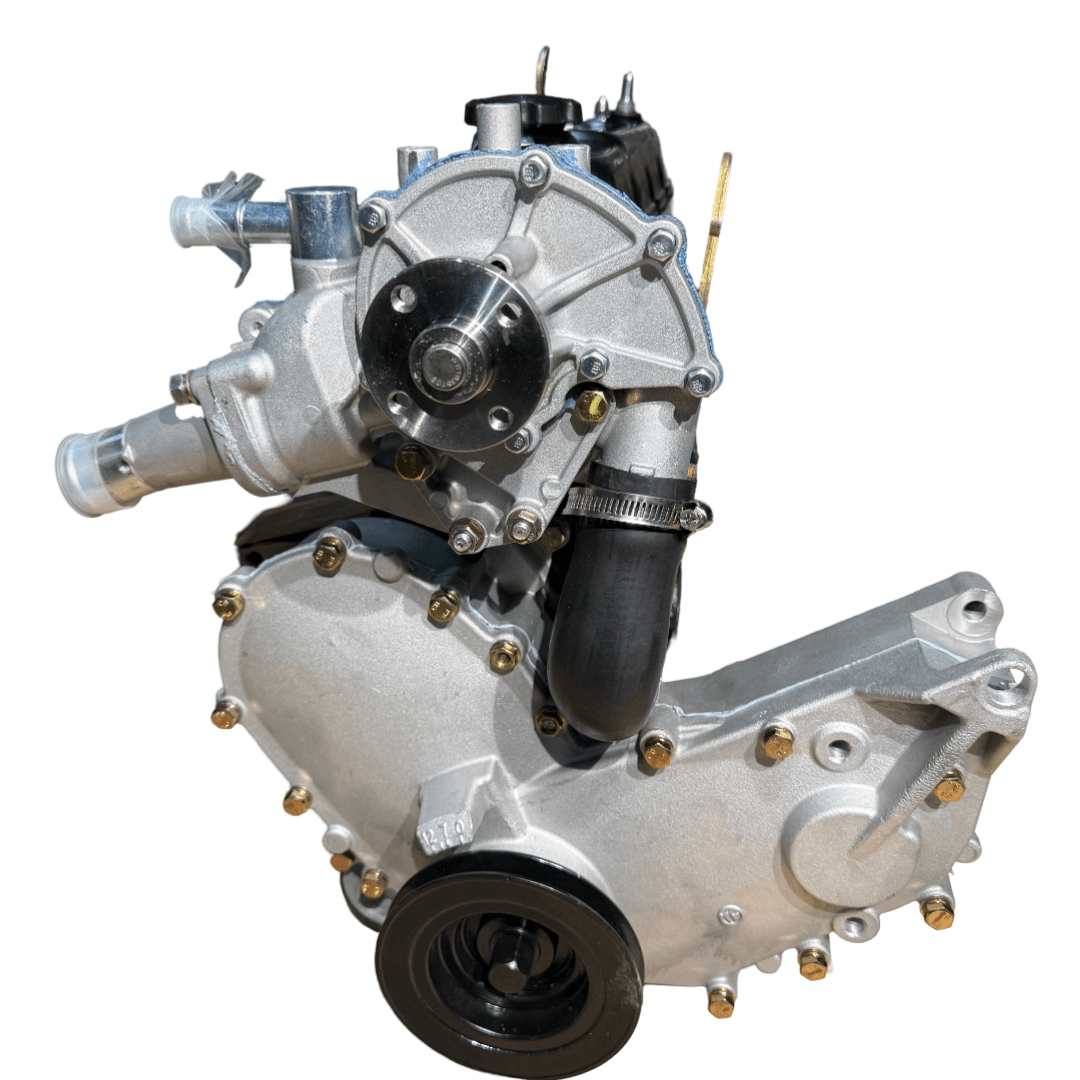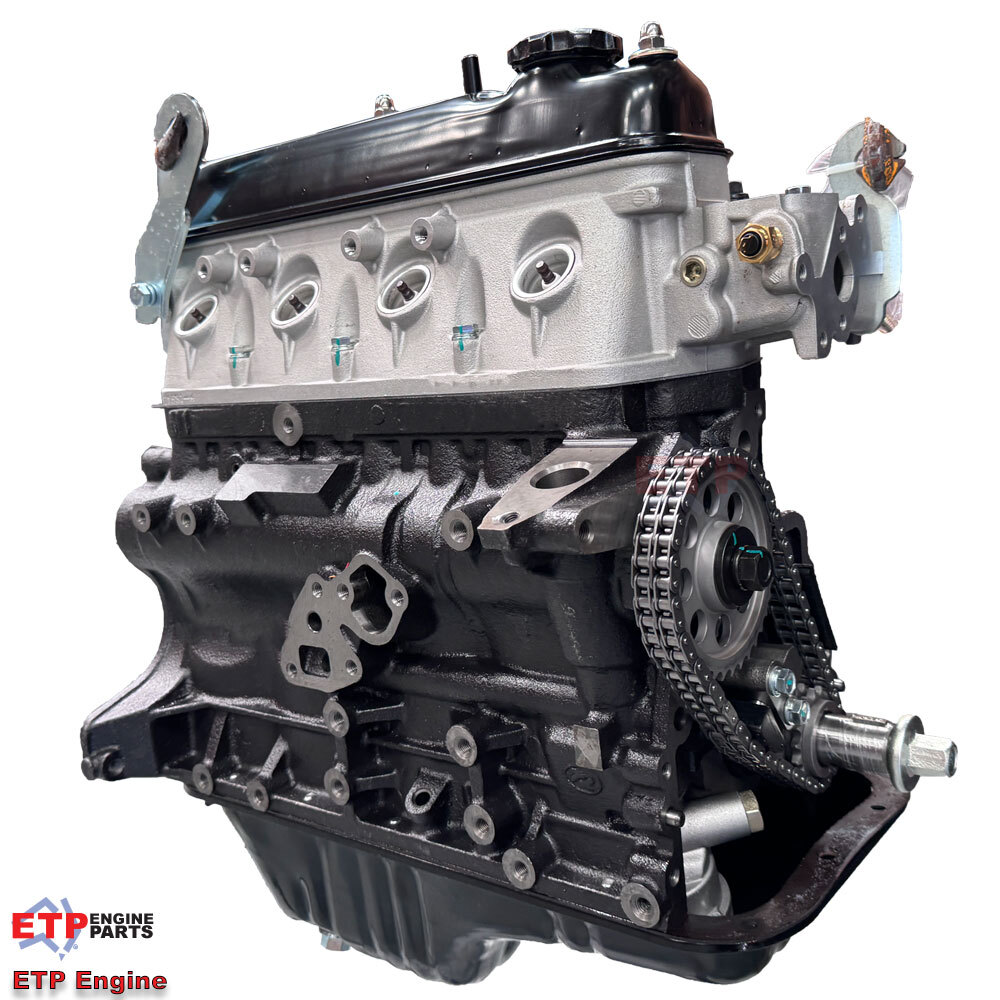The Best Upgrades for Improving the Efficiency of Your 4Y Engine
The Best Upgrades for Improving the Efficiency of Your 4Y Engine
Blog Article
The Ultimate Overview to the Engine: Key Insights for each Car Enthusiast
Recognizing the engine is basic for any auto lover, as it serves as the heart of the car and determines its efficiency. This overview provides a detailed evaluation of engine composition, kinds, and the mechanics behind their operation, consisting of the innovative technologies that are reshaping the vehicle landscape. Furthermore, it underscores the vital nature of upkeep techniques that can substantially impact an engine's life-span. However, the intricacies of engine dynamics and the current advancements in innovation existing questions that warrant additional exploration. What might these insights expose about the future of vehicle design?
Anatomy of an Engine
Understanding the anatomy of an engine is crucial for any auto enthusiast seeking to dive much deeper right into automotive mechanics. An interior burning engine largely includes a number of vital parts that function in unison to transform gas right into mechanical power.
At the heart of this system exists the cyndrical tube block, which houses the cyndrical tubes where burning happens. Piston movement within these cylinders is facilitated by the crankshaft, which equates direct movement into rotational energy. In addition, the camshaft plays an important function in controlling the opening and closing of the engine's shutoffs, making sure proper air-fuel combination consumption and exhaust gas expulsion.
Other necessary elements consist of the fuel system, which supplies the engine with the required fuel, and the ignition system, responsible for initiating burning - 4y engine. The air conditioning and lubrication systems are likewise important, maintaining ideal operating temperature levels and decreasing rubbing, specifically
Engine Types and Configurations
A diverse variety of engine kinds and configurations exists, each offering distinct benefits and downsides tailored to various driving demands and preferences. The most common engine kinds include inline, V, level, and rotating configurations.
Inline engines, including cyndrical tubes set up in a solitary line, are understood for their simpleness and effectiveness. They are commonly discovered in small lorries, providing a balance of power and economy. V engines, defined by their two financial institutions of cyndrical tubes organized in a V form, provide higher efficiency and smoother operation, making them popular in sports and luxury autos.
Level engines, or boxer engines, have actually flat opposed cyndrical tubes, which contribute to a reduced center of gravity, enhancing automobile security. These are typically seen in brands like Subaru and Porsche.
Rotary engines, although much less usual, make use of an one-of-a-kind style with a triangular rotor and offer high power-to-weight proportions. They master light-weight and small applications, primarily seen in Mazda cars.
Each engine kind serves details efficiency attributes, weight circulations, and gas effectiveness, ensuring that vehicle enthusiasts can pick the right engine configuration to match their driving design and automobile demands.

Exactly How Engines Function
Engines, no matter of their type or configuration, operate fundamental concepts that regulate their performance and efficiency. At their core, engines convert gas right into mechanical energy with a series of regulated surges or compressions. This process normally entails 4 primary strokes: intake, compression, power, and exhaust.
Throughout the intake stroke, the engine draws in a mix of air and gas. In the power web link stroke, a stimulate fires up the pressed combination (in gas engines) or the blend ignites spontaneously (in diesel engines), resulting in a rapid expansion of gases that presses the piston down.
The efficiency of an engine is affected by numerous elements, including the style of the combustion chamber, the sort of fuel made use of, and the precision of the engine's parts. Comprehending these fundamental principles is critical for automobile fanatics who look for to appreciate the elaborate technicians behind their cars, as well as for those aiming to enhance efficiency through alterations and tuning.
Advancements in Engine Technology
In the last few years, improvements in engine innovation have actually considerably changed the automotive landscape, enhancing both efficiency and ecological sustainability. One of one of the most noteworthy developments is the growth of turbocharging and supercharging, which permits smaller engines to generate better power results without sacrificing fuel efficiency. This has resulted in a rise in the appeal of downsized engines, giving makers with the capability to meet rigorous exhausts laws while maintaining efficiency standards.
In addition, hybrid and electric powertrains are improving the engine paradigm. Crossbreed systems incorporate interior burning engines with electric motors, optimizing gas consumption and decreasing emissions. Completely electric automobiles (EVs) get rid of the burning engine altogether, depending on advanced battery technology to supply instantaneous torque and remarkable velocity.
Moreover, the combination of expert system and artificial intelligence in engine management systems enables real-time optimization of efficiency criteria, enhancing performance and responsiveness. Technologies such as variable shutoff timing and direct fuel shot additionally improve burning processes, maximizing power output while lessening waste.
As the automotive market continues to evolve, these innovations in engine modern technology will play an essential function fit the future of mobility, prioritizing both efficiency and sustainability.
Maintenance Tips for Fanatics
Keeping an engine is as essential as the basics technologies that enhance its efficiency. Routine upkeep not just lengthens the life of your engine however also guarantees optimal performance. Beginning with regular oil modifications, complying with the supplier's recommendations for oil type and adjustment periods. Tidy oil lubricates engine parts successfully, protecting against damage.
Change and check air filters occasionally to make sure correct air movement, which is essential for combustion efficiency. A stopped up air filter can lead to lowered performance and increased fuel consumption. In a similar way, keep an eye on the coolant degrees to avoid getting too hot, and change coolant according to the service timetable.

Verdict
To conclude, a comprehensive understanding of engine makeup, kinds, and mechanics is essential for auto enthusiasts. The expedition of innovations such as turbocharging and crossbreed systems highlights the advancements in efficiency and performance. Routine maintenance practices, consisting of oil modifications and air filter checks, are essential for ensuring optimum engine performance and longevity. Proficiency of these principles fosters a much deeper recognition for engine characteristics and enhances the general driving experience.

Engines, regardless of their type or configuration, run on fundamental concepts that govern their efficiency and effectiveness. In the power stroke, a spark ignites the pressed blend (in gas engines) or the combination fires up spontaneously (in diesel engines), resulting in a fast expansion of gases that presses the piston down.In recent years, developments in engine innovation have actually considerably transformed the auto landscape, improving both performance and environmental sustainability.
Report this page